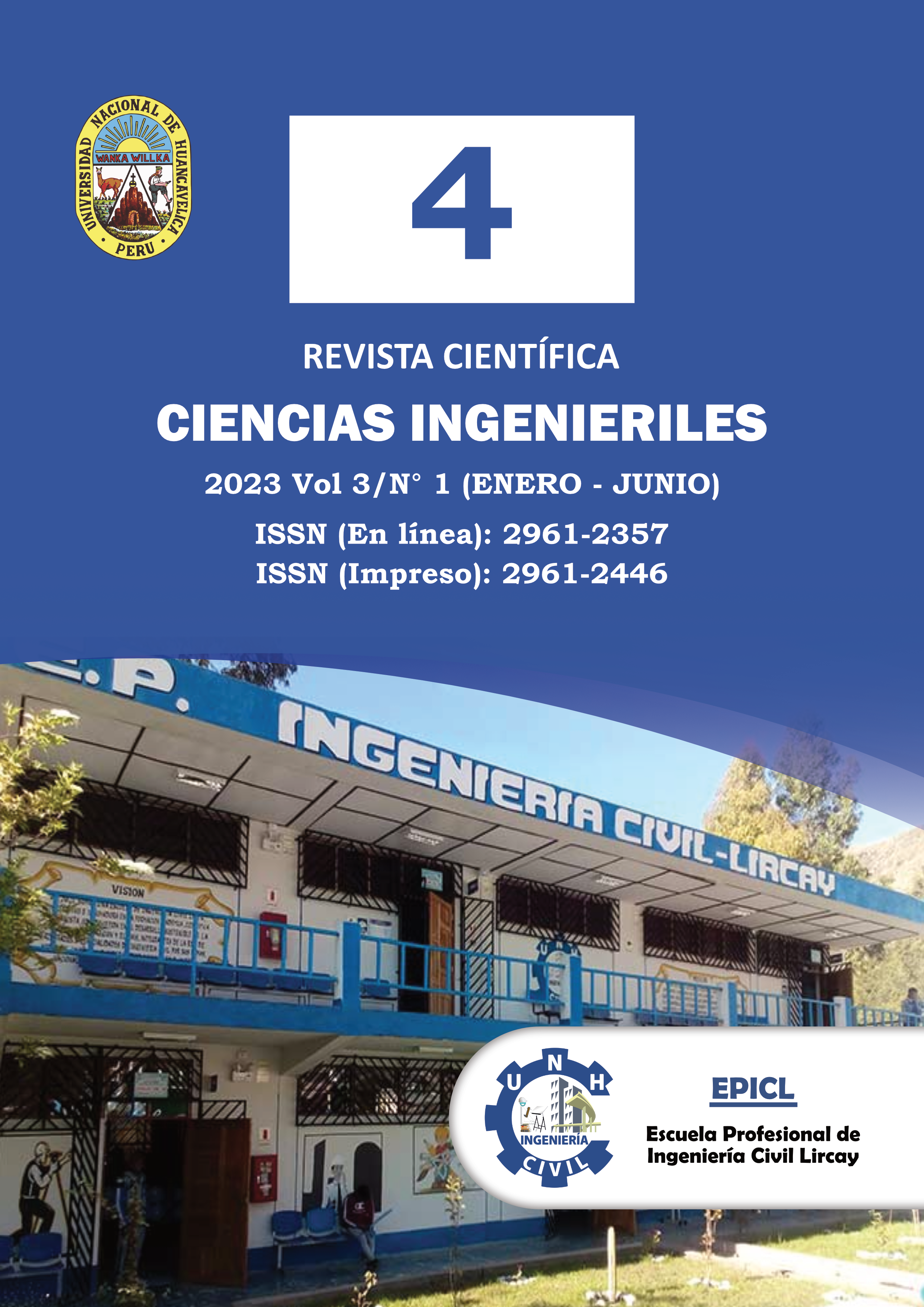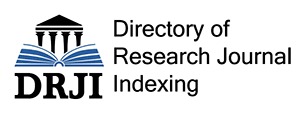Soil microzoning for stable foundations of single-family homes in the Santa Rosa neighborhood of the Lircay-Huancavelica district
DOI:
https://doi.org/10.54943/ricci.v3i1.222Keywords:
Stable, Ability, PlanningAbstract
The objective of this research work was to develop the Microzoning of soils for the stable foundation of single-family homes in the District of Lircay of the Department of Huancavelica. The type of research according to employment in this work was applied research; It was based on a descriptive level, of the physical and mechanical properties of the soil of the Santa Rosa neighborhood, resulting in the specification of a microzoning map, and the design of a more stable base for a 3-story single-family home. Knowing the results of the different tests carried out in the laboratory, the physical, mechanical characteristics and the admissible capacity of the soil of said place were known, with which it was zoned into 3 zones. Zone I an admissible capacity of 1kg/cm2. For zone II, an admissible capacity of 1.2 kg/cm2 was determined. And zone III has an admissible capacity of 1.57 kg/cm2. In the 3 zones, their zoning map was prepared. zone I, zone II, zone III, respectively, there are soils; (Well graded sand with little presence of fines); (Silty sand with presence of fines); (Gracious sand without any fines). Finally, an adequate and stable superficial foundation was proposed. Zone I the following footings, central (2x2x0.40), median (2.10x1.30x0.40) and a corner (1.60x1.60x0.40). For zone II the following central footings of (1.70x1.70x0.40), median of (1.80x1.20x0.40) and a corner of (1.50x1.50x0.40). And in zone III the following central footings of (1.50x1.50x0.40), median of (1.6x1x0.40) and a corner of (1.30x1.30x0.40)
Downloads
References
Acuña, V. P. (2006). Zonificación y Uso del Suelo. Hatun Llaqta, 20-22.
Avilez, J. (2008). Efectos de la interacción suelo estructura en edificios con planta baja blanda. México: Sociedad Mexicana.
Audefroy, J. (2003).La problemática de los desastres en el hábitat urbano en Ámerica latina. revistainvi, 11-13.
Bermúdez M., Franco L., Martínez S. y Ojeda A., (2002),Uso de las Microtremorespara la evaluación de la Respuesta Dinámica de los Suelos.
Berrocal J., Deza E. y Shikiya J. (1975), Estudio de Sismicidad para el Proyecto de Derivación del Río Mantaro a Lima, Informe del Instituto Geofísico del Perú a ELECTROPERUS.A.
Braja, M. D. (1999). Fundamentos de Ingeniería Geotécnica. California: Thomson Learning.
Briones, M., & Irigoin, N. (2015). Zonificación mediante el sistema unificado de clasificación de suelos (SUCS) y la capacidad portante del suelo para viviendas unifamiliares en la expansión urbana del anexo Lucmacucho alto, distrito de Cajamarca. Cajamarca: UPN.
CISMID (1991), Memorias del Seminario Taller de Dinámica de Suelos. Universidad Nacional de Ingeniería, Lima, Perú.
Das, B. M. (1996), Principios de Ingenieríade Cimentaciones, México Thomson Editores, 4ta Edición, México.
Delgadillo, R. (2014). Microzonificacion Geotecnica sismica del Distrito De Independencia-LIMA. Ayacucho: USCH.
Figuerola, J., C. (1974).Tratado de Geofísica Aplicada, LITOPRINT, Madrid.
Gonzales, M. C. (1990). Contenido de Humedad del Agua en el Suelo. Bogota: Raspa.
Gonzáles de Vallejo, L. y Ferrer M. (2002), “Ingeniería Geológica”, Prentice Hall, Madrid, España. -Hoek E. Bray J. W (1977) “Rock Slope Engineering “London, 2da Edición.
Huanca Borda A. R. (1996). “Mecánica De Suelos” HB Editores 2da Edición. Lima Perú. (Pág. 23 –38).
Juárez, B. E. (2005). Mecánica de Suelos -Fundamentos de Mecánica de Suelos. México: Limusa.
López, J. J. (2004). El Urbanismo de Ladera: Un reto Ambiental, Tecnológico y del Ordenamiento Territorial. Bitacora Urbano Territorial, 96-97.
Lopez Florez, L. V., & Robayo Gonzalez, F. A. (2007). Zonificación geotécnica preliminar del casco urbano del municipio de Barrancabermeja, Santander. Obtenido de https://ciencia.lasalle.edu.co/ing_civil/205
Morales, P. (2014). Estudios geotécnicos para cimentaciones de estructuras: puentes, muros y edificios, en suelos y rocas. Quito: Universidad Central de Ecuador.
Reglamento Nacional de Edificaciones. (2008). “Norma E 0.50 Suelos y Cimentaciones” Editora Macro EIRL. Lima Perú. (Pág. 247).
Rico Rodríguez, J. B. (1998). “Mecánica De Suelos -Tomo 1 -Teoría Y Aplicaciones De La Mecánica De Suelos”. Editorial Limusa. México D. F. (Pág. 51 -58).
Whitman, L. (1972). Mecánica de Suelos. Limusa-Willey S.A.
Published
How to Cite
-
Abstract668
-
PDF (Español (España))300
-
HTML (Español (España))43
Issue
Section
License
Copyright (c) 2023 Maria T Sanz, Freddy Matamoros

This work is licensed under a Creative Commons Attribution 4.0 International License.













 DOI:10.54943/ricci.
DOI:10.54943/ricci.








